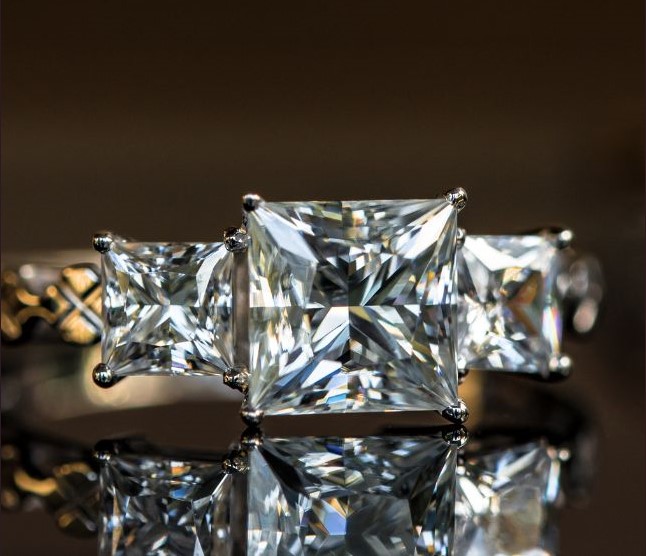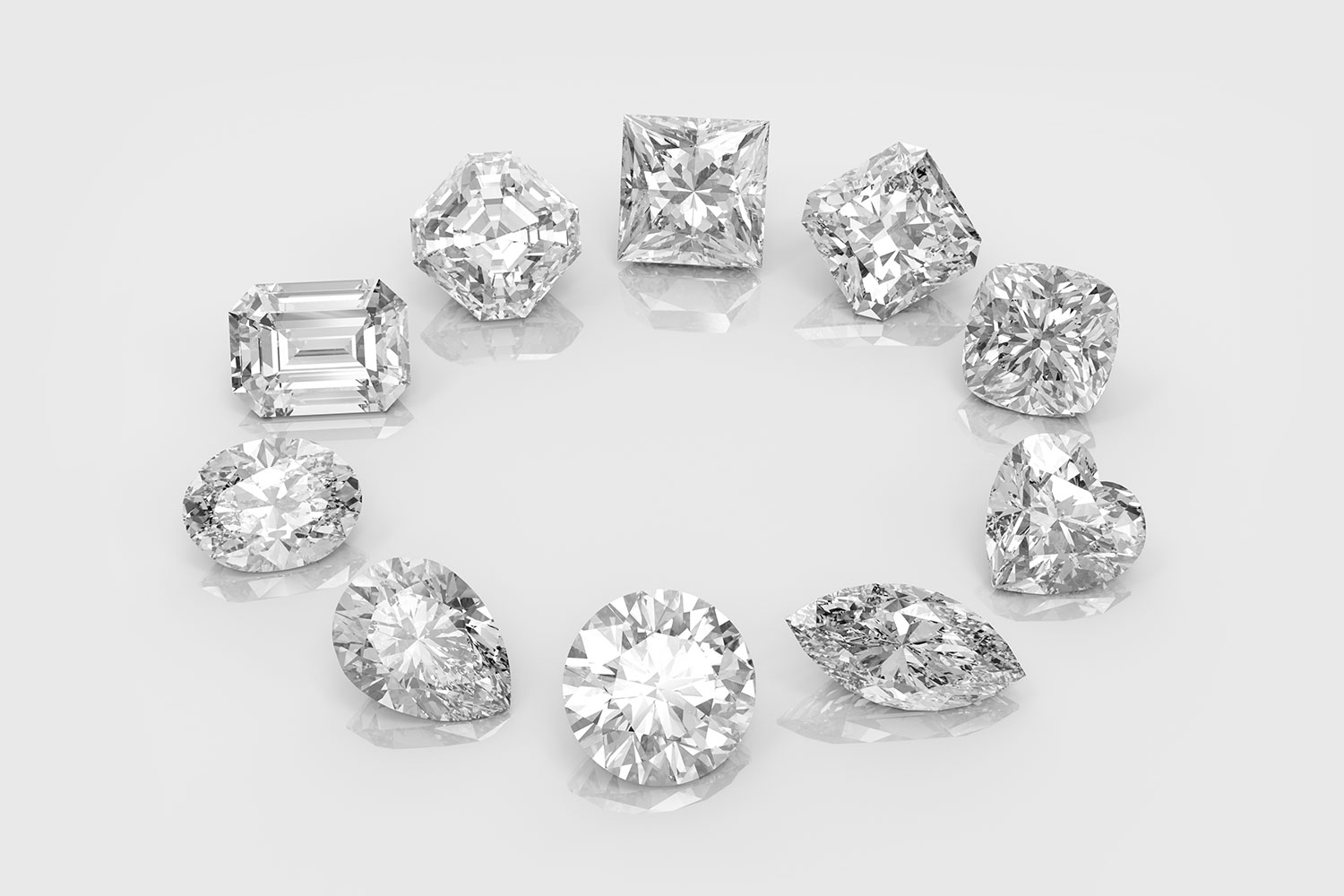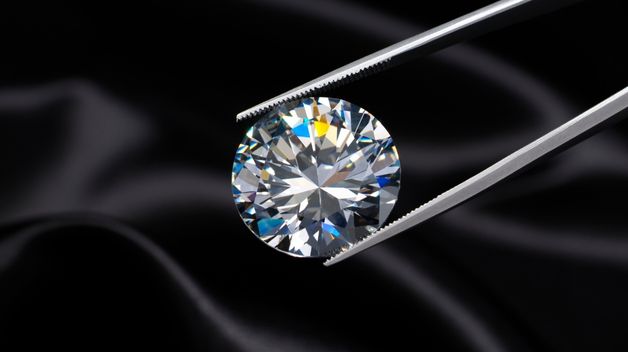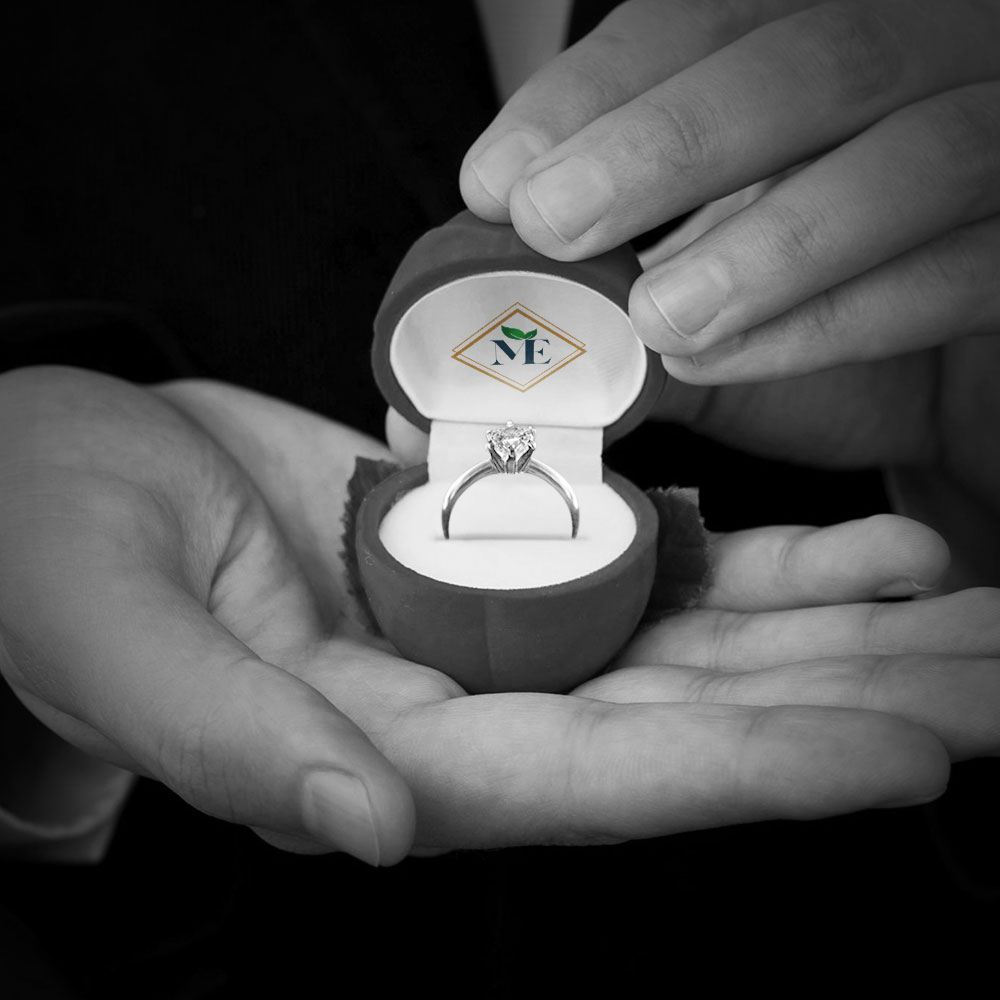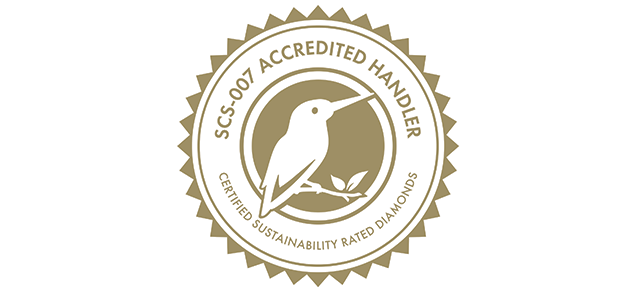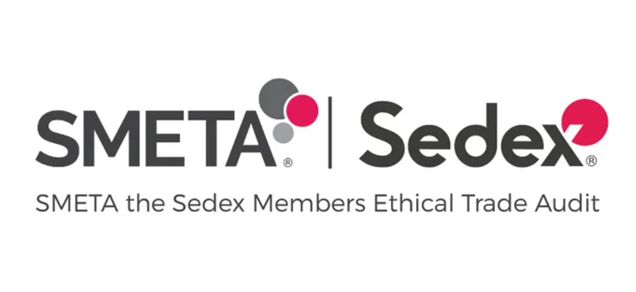ABOUT US
Meraya started with a primary motive of providing affordable and quality lab grown diamonds to its customers. We believe diamonds are not just a fashion statement but an integral emotion for consumers. Our aspiration is to make that emotion heartfelt and precious.
We are vertically integrated company. we grow diamonds in-house through indigenously developed 200+ CVD reactors at state-of-the-art lab. With our 40+ years of experience in diamond cutting and polishing helps us to maintain diamond cutting at highest standard and our team of jewelry designers are works on understanding customer expectations and make continuous enhancements in the company’s offerings.
With our presence at major trading centers like USA, India, Hong Kong and Dubai, our enthusiastic team ensuring smooth and fruitful buying experience.

